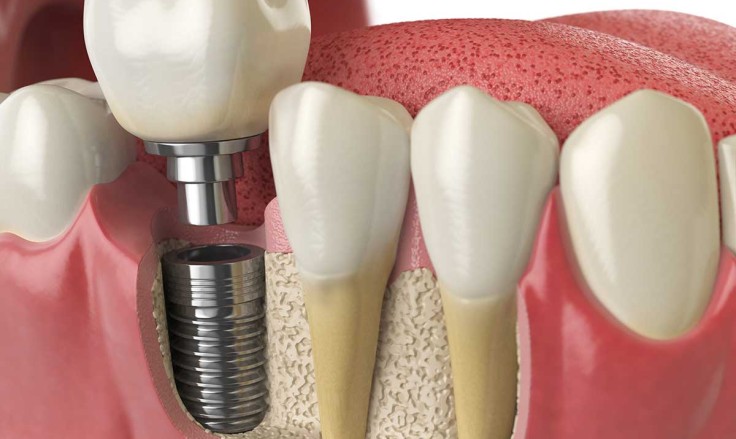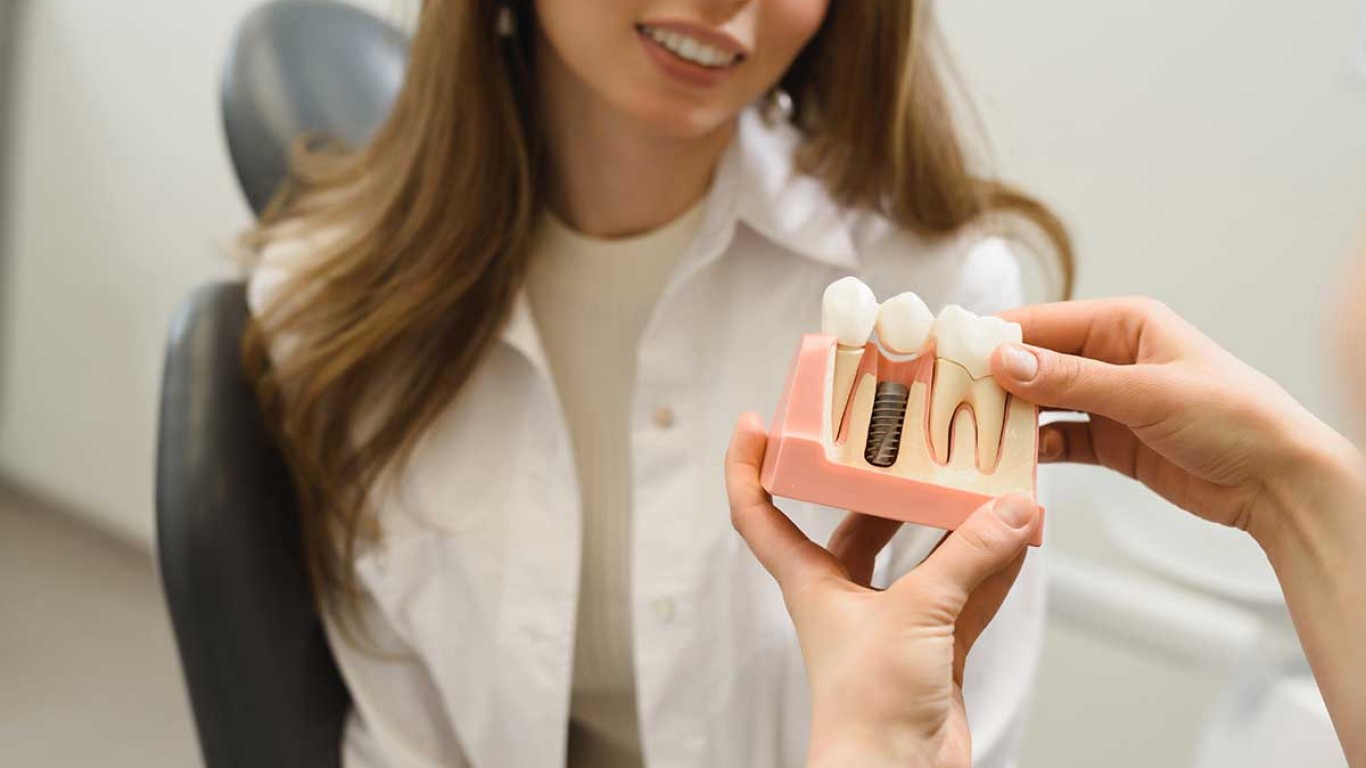Dental implants are a trusted solution for replacing missing teeth. They restore both function and appearance. Unlike removable dentures, implants offer a permanent and natural-looking replacement. However, not all dental implants are the same. There are various types to consider, each with specific benefits and suitability.
In this article, we explore the main types of dental implants. Learn how they work, and which one may be best for you. Whether you’re replacing one tooth or an entire arch, understanding your options can help you make the right choice.
What Are Dental Implants?
Dental implants are artificial tooth roots, usually made from titanium or zirconia. They are surgically placed into the jawbone. Once healed, a crown, bridge, or denture is attached to the implant for full restoration.
The key advantage of implants is stability. They integrate with the bone through a process called osseointegration. This creates a solid base that mimics a natural tooth root.
Endosteal Dental Implants: The Most Common Type
Endosteal implants are the most frequently used type. They are placed directly into the jawbone. Typically shaped like small screws, these implants are ideal for patients with healthy, dense jawbones.
Following placement, the bone needs time to fuse with the implant. Once healed, an abutment and crown are added. This type of dental implant is suitable for single or multiple tooth replacement.
Endosteal implants offer excellent long-term results. So they are often the first choice for eligible patients.
Subperiosteal Dental Implants: A Solution for Limited Bone Density
Subperiosteal implants sit on top of the jawbone, beneath the gum tissue. Instead of being inserted into the bone, a metal frame rests on it. The posts attached to this frame hold the prosthetic teeth.
These are typically used when bone volume is too low for traditional implants. Rather than undergoing a bone graft, some patients opt for this method. Healing is faster, but the long-term stability may be less than with endosteal types.
While less common today, subperiosteal implants are still useful in selected cases.
Zygomatic Dental Implants: For Severe Bone Loss in the Upper Jaw
Zygomatic implants are a specialised option. They are anchored in the cheekbone (zygoma) rather than the upper jaw. This makes them suitable for patients with significant bone loss in the upper jaw.
Placement is more complex and requires an experienced surgeon. However, it eliminates the need for bone grafting. Zygomatic implants are often used when traditional options are not viable.
They are mostly chosen for full-arch restorations in patients with advanced bone resorption.

All-on-4 and All-on-6 Dental Implants: Full Arch Solutions
These are designed to replace a full arch of teeth using four or six implants. All-on-4 and All-on-6 implants support a full bridge or denture that is fixed in place.
The implants are strategically angled to maximise bone contact. This means many patients can avoid bone grafts even with some bone loss.
All-on systems are popular due to faster recovery, immediate function, and fewer implants needed. The main difference is the number of implants used. All-on-6 offers slightly more stability and is often chosen for patients with better bone quality.
Mini Dental Implants: A Smaller, Simpler Option
Mini implants are about half the size of traditional ones. They are often used for stabilising lower dentures. They are less invasive. So mini implants are suitable for patients who cannot undergo full surgery.
They are placed in a single visit, and recovery is usually quicker. However, they may not last as long or offer the same strength as standard implants.
Mini implants are best used in situations where space or bone mass is limited.
Immediate Load Dental Implants: Faster Results
These are also known as same-day implants. They allow placement of a temporary crown on the same day as surgery. Traditional implants require months of healing before the final crown is added.
Immediate load implants reduce waiting time. They are ideal for patients with strong bone and good oral health. However, they must be carefully planned and monitored.
This option is often used for visible front teeth where aesthetics matter most.
Conclusion
Choosing the right dental implant type is crucial for restoring your smile and confidence. From endosteal to mini and full-arch solutions, there are options for every need and budget. By working with a skilled dental surgeon, you can determine which type fits your goals best and enjoy long-lasting results.
For more information and to book a consultation visit the ACIBADEM Beauty Center Dental Implants webpage.
Frequently Asked Questions
Most healthy adults can receive implants. But certain conditions like uncontrolled diabetes may require special care.
The procedure is performed under anaesthesia. Some discomfort is normal after surgery but usually manageable.
Healing time varies but is often between 3–6 months before the final crown is placed.
Yes. Full-mouth restorations using All-on-4 or All-on-6 systems are widely used for total replacement.
Implants offer better stability, comfort, and appearance. Making them a more permanent solution than removable dentures.













